Pinworm Treatment for Kids: Comprehensive Guide to Treatment, Prevention, and When to See a Doctor
What are pinworms? How do they spread? What are the symptoms? When should you see a doctor? Get answers to all your questions about pinworm treatment for kids.
What are Pinworms?
Pinworms are small, white, thread-like worms that live in the human intestine. They are the most common type of intestinal parasite infection in the United States, especially affecting children aged 5 to 10 years old.
How Do Pinworms Spread?
Pinworm infections spread easily from person to person. The adult female worm crawls out of the infected person’s anus at night and lays her eggs in the surrounding skin, causing itching and scratching. When a person scratches, the tiny eggs can get on their fingers and be transferred to other surfaces, where they can be picked up and swallowed, leading to reinfection or spreading to others.
Symptoms of Pinworm Infection
The main symptom of pinworms is itching around the anus, especially at night. This is caused by the female worms crawling out to lay their eggs. In some cases, the worms may also move to the vagina and cause vaginal itching in female children.

Diagnosing Pinworms
To diagnose pinworms, you need to see the actual worms or their eggs. The best way to do this is by using a “tape test” – sticking a piece of clear tape to the skin around the anus in the morning before the child goes to the bathroom or washes. The tape is then removed and examined for pinworms or their tiny, white eggs.
Treating Pinworm Infections
Pinworm infections are treated with prescription medication, usually two doses taken two weeks apart. All family members and close contacts should be treated at the same time to prevent reinfection.
Preventing Pinworm Reinfection and Spread
Proper hygiene is key to preventing the spread of pinworms. This includes:
- Frequent handwashing, especially before meals and after using the toilet
- Keeping fingernails clean and trimmed short
- Showering or bathing daily
- Disinfecting surfaces and laundering bedding and clothing regularly
- Vacuuming carpets and floors thoroughly
- Washing raw fruits and vegetables before eating
When to See a Doctor
You should see your child’s doctor if you see pinworms, if anal itching lasts more than a week, or if the skin around the anus becomes red or tender. The doctor can confirm the diagnosis and prescribe the appropriate treatment.

Can pinworms be prevented?
Yes, there are several steps you can take to help prevent pinworm infections:
- Teach children to wash their hands thoroughly, especially before eating and after using the toilet
- Keep fingernails trimmed short to prevent scratching and spreading of eggs
- Bathe daily and avoid sharing towels or baths
- Wash bedding, clothing, and surfaces regularly in hot water
- Vacuum carpets and floors frequently
- Wash raw fruits and vegetables thoroughly before eating
How do I know if my child has pinworms?
The best way to diagnose pinworms is to do a “tape test”. Before your child uses the bathroom or washes in the morning, place a piece of clear, sticky tape around their anus. Remove the tape and look for any small, white worms or tiny eggs. This should be done for 2-3 mornings in a row to confirm the diagnosis.
How are pinworms treated?
Pinworms are treated with prescription medication, usually two doses taken two weeks apart. All family members and close contacts should be treated at the same time to prevent reinfection. It’s also important to practice good hygiene, such as frequent handwashing, during and after treatment.
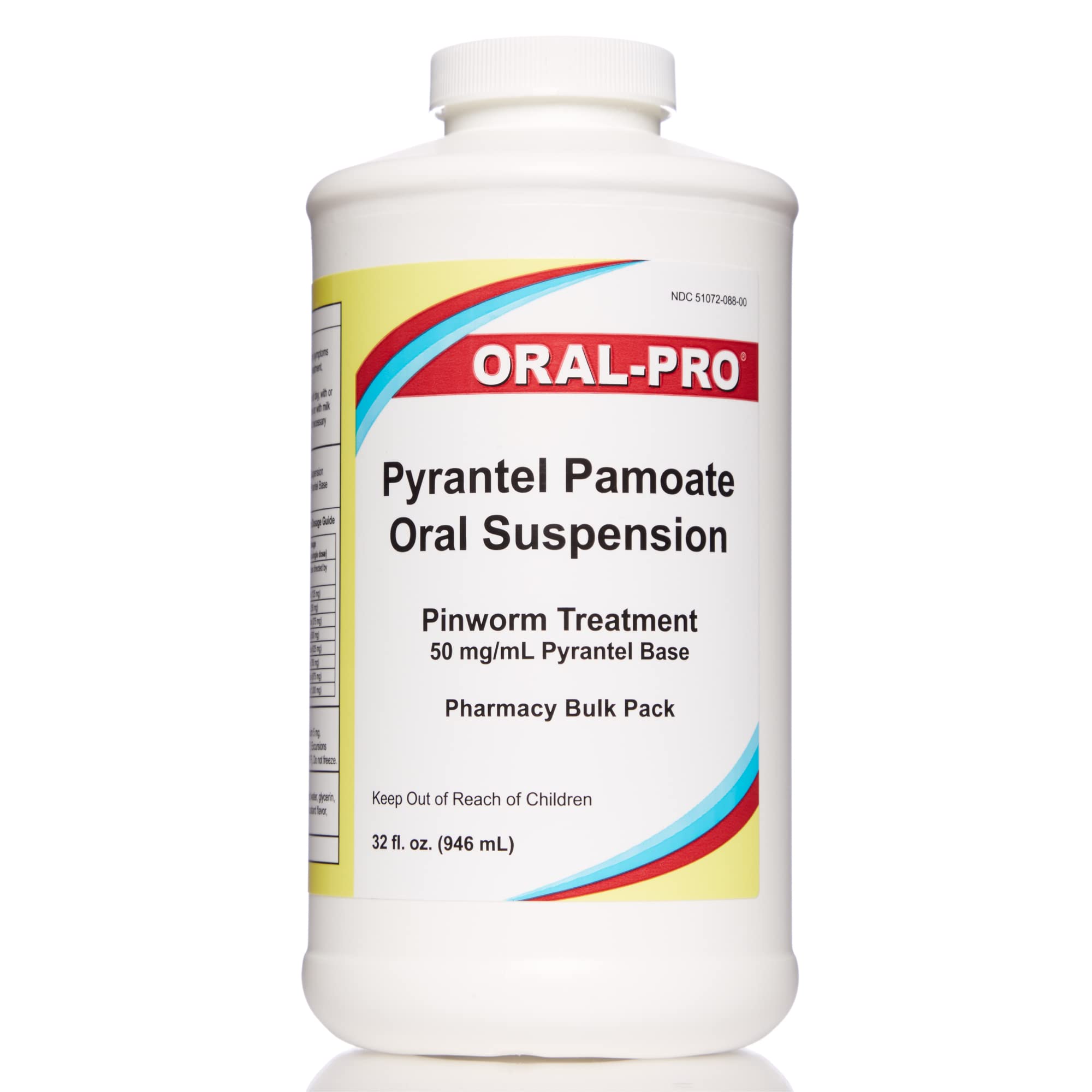
Can pinworms go away on their own?
No, pinworms will not go away on their own. They require proper treatment with prescription medication to eliminate the infection. Without treatment, the pinworms will continue to lay eggs and reinfect the person, as well as spread to others in the household.
Are pinworms dangerous?
Pinworms are generally not dangerous, but they can be very annoying and uncomfortable, especially for children. While they don’t cause any serious health issues, they can lead to secondary infections if the skin around the anus becomes irritated from excessive scratching. Prompt treatment is recommended to get rid of the pinworms and prevent the spread to others.
How long does it take to get rid of pinworms?
With proper treatment, pinworm infections can usually be cleared up within a few weeks. The prescription medication kills the adult worms, and the two-dose treatment helps to eliminate any newly hatched worms. However, it’s important to follow all instructions and complete the full course of treatment to ensure the infection is fully cleared.

Treatment, Prevention and When to See a Doctor
Nationwide Children’s Hospital
Pinworms are small white worms about 1/2 inch long and as thin as a thread. They can sometimes be seen in and around the child’s bottom (anus) and in bowel movements. These worms live in the intestine. The adult female worm crawls out of the infected person’s anus at night and lays her eggs in the surrounding skin. This causes itching and scratching. The worms can also move to the vagina of a female child and cause itching.
Eggs can live for 2 to 3 weeks outside the body. They can be found in house dust, on toilet seats, bed linens and toys and in play areas in or outside the home. Although pinworms only grow in humans, the eggs can be carried in a pet’s fur.
Pinworms are harmless but annoying. They spread easily to others.
How the Infection is Spread
When the child scratches, tiny eggs are picked up on the fingers. The eggs are left on any surface that is touched. They are then picked up again and swallowed when fingers, foods or anything that has eggs on it, are put in the mouth.
The eggs are left on any surface that is touched. They are then picked up again and swallowed when fingers, foods or anything that has eggs on it, are put in the mouth.
How Pinworms Are Diagnosed
You have to see the eggs or worms to make the diagnosis. The best way to do this is by doing a tape test. In the morning, before your child goes to the bathroom or washes up, put the sticky side of a piece of clear tape around the anus. Remove the tape and look for pinworms or their eggs. You can also buy a tape test kit at the pharmacy. If you do not find pinworms, do the tape test 2 more mornings in a row, to be sure.
How to Treat the Infection
- Your child’s doctor will prescribe a special medicine to treat pinworm infection.The dose is based on the person’s weight.Usually 2 doses of the medicine are ordered.The second dose starts 2 weeks after the first.
- Read the label on the bottle of medicine to know how to give it.
- Your child’s doctor will also treat other family members and close contacts with the same medicine, at the same time.

How to Prevent Reinfection or Spreading Pinworms to Others
It is easy to be reinfected with pinworms or spread them to others. During treatment and for 2 weeks after treatment is finished, do the following:
- Hand washing is most important.Have your child and all family members wash their hands often.They should wash before meals or eating, after using the toilet and after scratching (Picture 1). This is a good habit to do at all times.
- Keep your child’s fingernails clean and cut as short as possible.
- Teach your child to avoid touching his mouth or biting his fingernails.
- Have your child shower or bathe every morning.
- Do not let children bathe together or share items.
- Clean the anus with soap and water after each bowel movement.Use clean washcloths or paper towels each time.
- Scrub the toilet seat daily with disinfectant or soap and water (Picture 2).

- Wipe down any toys that your child usually puts in his mouth or hard surfaces that he has touched with disinfectant or soap and water.
- Change bed linens and put clean underwear and clothes on every day.Avoid shaking these things so that eggs are not put into the air.
- Promptly wash used bed linen, all clothing, towels and washcloths in hot water with detergent.
- Vacuum carpets and floors well.Wash the canister or change the vacuum cleaner’s bag after each use.Seal the bag before throwing it away.
- Wash any raw vegetables or fruits thoroughly before eating.
- Call your child’s school or childcare center so that they can take extra steps to prevent the spread to others.Your child can return to school or childcare 24 hours after treatment.
When to Call Your Child’s Doctor
- If you see pinworms
- If anal itching lasts more than 1 week
- If the skin around the anus becomes red or tender
Pinworms: Treatment and Prevention (PDF)
HH-I-56 10/78, Revised 3/19 Copyright 1978-2011, Nationwide Children’s Hospital
How to Recognize and Treat Pinworms in Children
They are tiny, itchy, and can spread like wildfire in a classroom – and at home. No, we aren’t talking about lice.
No, we aren’t talking about lice.
Sadly, there is another wormy creature that is very contagious but causes issues, not on your head but in your er, anus or butt. They are pinworms.
Just when you thought lice were the most horrifying things that could enter your household, now these?!
Pinworm infections are the most common type of intestinal infection in the United States and are most common in children ages 5 to 10. Pinworms can be a bum … mer (literally!) but they are nothing to be bummed about.
Here’s what to do if pinworms come a-calling.
What are pinworms?
A pinworm is a common name for a tiny, white roundworm infection known as Enterobiasis vermicularis.
“It is the most common helminthic, or parasitic worm, infection that only affects humans,” said Scott Olson, MD, a pediatric infectious disease specialist with Banner Children’s. “Helminths are worm-like parasites that can live, feed and reproduce in the human intestine.”
Luckily, pets like dogs and cats can’t be infected, but it affects nearly a billion people worldwide. Most cases are in school-aged children, their family members or caregivers.
Most cases are in school-aged children, their family members or caregivers.
Pinworms are sometimes called threadworms because they look like tiny pieces of white thread (usually no bigger than a staple).
How do you get a pinworm infection?
You can become infected with pinworms by accidentally swallowing or breathing in pinworm eggs. When playing, they can be picked up on children’s fingers (especially under their nails).
They can also spread if an infected child scratches their itchy bottom. If your child doesn’t wash their hands after, they can transfer microscopic eggs to any surface they touch. When someone touches that surface and later touches their mouth, they can also become infected.
“Once they are taken in, the eggs live in the intestines until they hatch and mature,” Dr. Olson said. “After a few weeks, adult females migrate or move to the infected person’s perianal skin, or skin around the anus, to lay eggs, which can cause irritation and itching.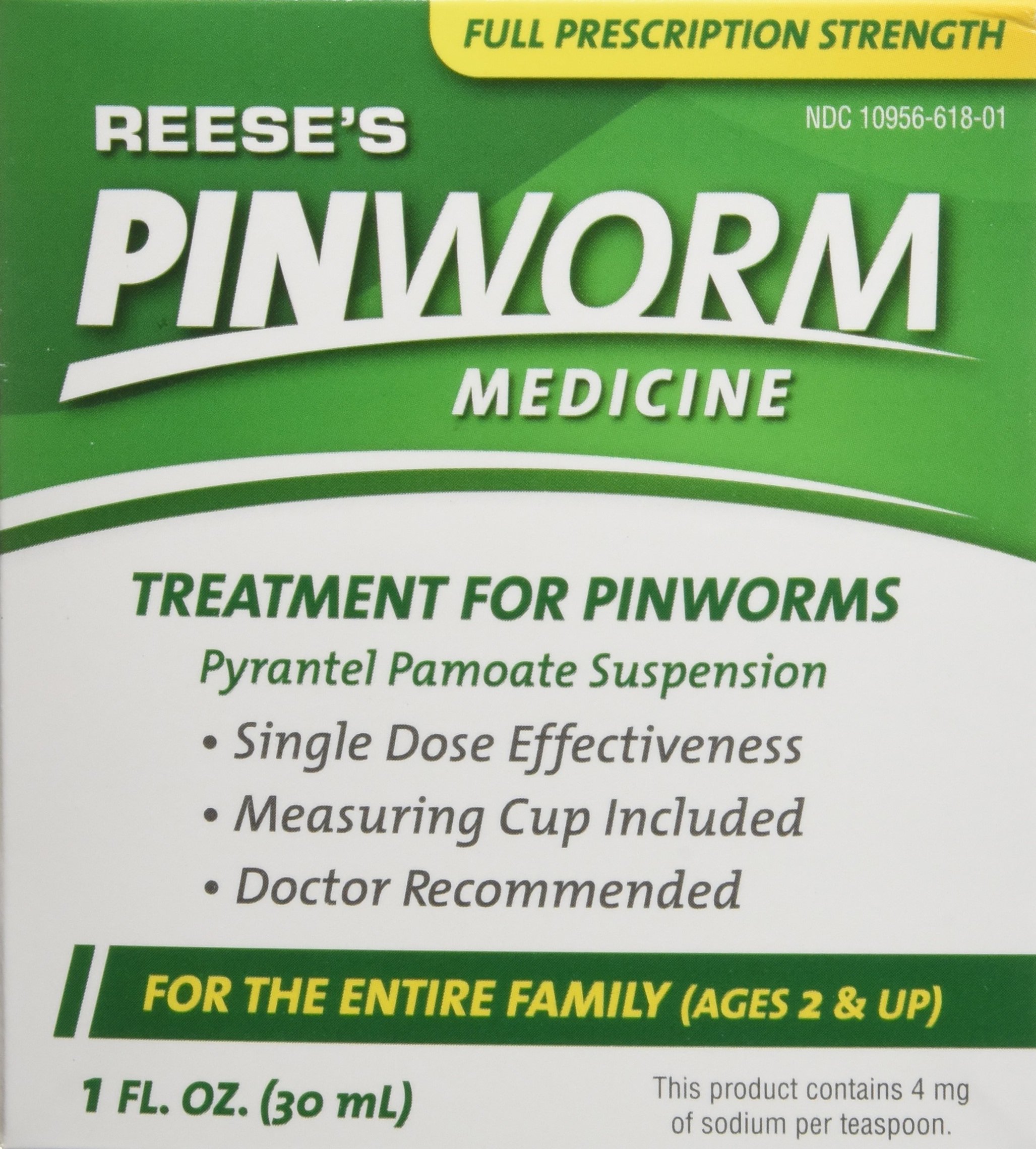 ”
”
The eggs are resilient and strong. “They can remain infectious up to several days under someone’s fingernails after scratching or up to several weeks on clothes, bedding and toys,” Dr. Olson said.
While anyone can get an infection, children who don’t wash their hands well before eating or after using the bathroom, bite their nails, or who suck their thumb are at an increased risk for infection. People who live in crowded dorms or institutions and work at childcare or daycare facilities are also at greater risk.
What are the symptoms of pinworms?
Tell-tale signs your child has pinworms are an itchy bottom (around the anus or vagina), problems with sleeping due to discomfort or itching, changes in behavior, such as anxiousness and irritability, and weight loss.
However, Dr. Olson said some people might not experience any symptoms.
“Because the parasites aren’t aggressive and don’t cause a large inflammatory response to the gut, some people may not experience any symptoms,” he said.
How do I know if my child has a pinworm infection?
Unfortunately, you can’t do a blood test or a stool (poo) test to confirm pinworms.
The best way of diagnosing is by looking for the worms and eggs with these three options:
- Look in your child’s tushy. Wake your child about one to two hours after they have gone to bed. With a flashlight or headlamp, check around their anus for wiggly, white hair-thin worms.
- Use the tape test. When your child wakes up in the morning, before they use the bathroom, firmly place a piece of transparent tape (Scotch tape or any generic brand will do) around the anus for a few seconds. Then (carefully!) remove the tape and seal it inside a plastic Ziploc bag. Take the tape to your child’s health care provider so they look at it under a microscope.
- Examine their fingernails. Your child’s provider may also take a sample under their fingernails to look under a microscope.
 If your child is infected and has been scratching, they may have picked up some pinworm eggs under their nails.
If your child is infected and has been scratching, they may have picked up some pinworm eggs under their nails.
What’s the treatment for pinworms?
Most pinworm infections are mild and easy to treat. There are several over-the-counter (OTC) and prescription anti-parasitic medications that can be taken by mouth for treatment.
Three oral drugs are primarily used: mebendazole, zentel and pyrantel. The first two medications block glucose from the worm, the primary source of the worm’s energy. The third drug, pyrantel, paralyzes the worm so it can be easily removed (pooped) from the body.
“Since pinworm infections are highly contagious and there is a risk others can be infected, family members and anyone else in close contact should also be treated,” Dr. Olson said. “Additionally, because autoinfection (eggs being re-ingested) can occur after treatment, re-treatment is needed two weeks after the initial medication is given to ensure the worms and eggs have been killed. ”
”
Take the following steps to help prevent spread and possible reinfection.
- Wash all bed linens, towels, and clothing daily with hot water (at least 104 degrees F/40 degrees C).
- Enforce personal hygiene. Wash hands with warm water and soap after using the bathroom and before and after eating.
- Trim your child’s fingernails and discourage them from scratching their tush and biting their nails.
- Avoid sharing toys, blankets and other items.
While you may want to bleach your house top to bottom, keep in mind that pinworms require very close contact with humans, so keeping a spotless house may not make a difference.
Will home remedies work at treating a pinworm infection?
There is no scientific evidence that home remedies, like raw garlic, raw carrots or coconut oil, can treat pinworms.
Are there any risks related to pinworm infections?
Pinworm infections usually don’t cause any serious issues. However, in rare cases, the following complications can occur:
Bacterial infection. A secondary infection can occur if your child scratches the area and causes the skin to break.
A secondary infection can occur if your child scratches the area and causes the skin to break.
Urinary tract infections (UTIs). UTIs can develop if you don’t treat the pinworm infection.
Can I prevent a pinworm infection?
“The best way to prevent an infection is to encourage good handwashing,” Dr. Olson said. “This goes for the whole household.”
Wash your hands carefully with soap and warm water after using the bathroom, changing diapers and preparing and eating food.
Keep your child’s nails clipped short to avoid nail-biting and make sure they bathe daily. Change underwear and clothing daily as well.
Takeaway
Pinworms are a common intestinal infection that is highly contagious.
It won’t be pleasant if your little one gets infected (or reinfected!) with pinworms. Fortunately, the infection is typically mild, and there are effective medications available.
Don’t wait for the little monsters to spread. Instead, talk to your child’s health care provider immediately if your child shows signs and symptoms of infection.
Need help diagnosing or treating pinworms?
Schedule an appointment with a pediatrician near you.
Related articles:
- How Often Should You Wash Your Sheets to Keep Germs Away?
- 6 Common Contagious Childhood Conditions
- 5 Tips to Avoid and Treat Traveler’s Diarrhea
Children’s Health
Parenting
Enterobiasis (pinworms) in children – symptoms and treatment, clinical guidelines
Enterobiasis is a helminthiasis that develops when the colon and rectum of a person are infected with pinworms. It is diagnosed most often in children, although adults can also be infected. Diagnosis is carried out by microscopic detection of eggs. Pinworms in children cause characteristic symptoms. Treatment includes hygiene and deworming. The clinic “RebenOK” carries out diagnostics taking into account the symptoms and treatment of enterobiasis at the best prices in Moscow.
After ascariasis, enterobiasis is in 2nd place.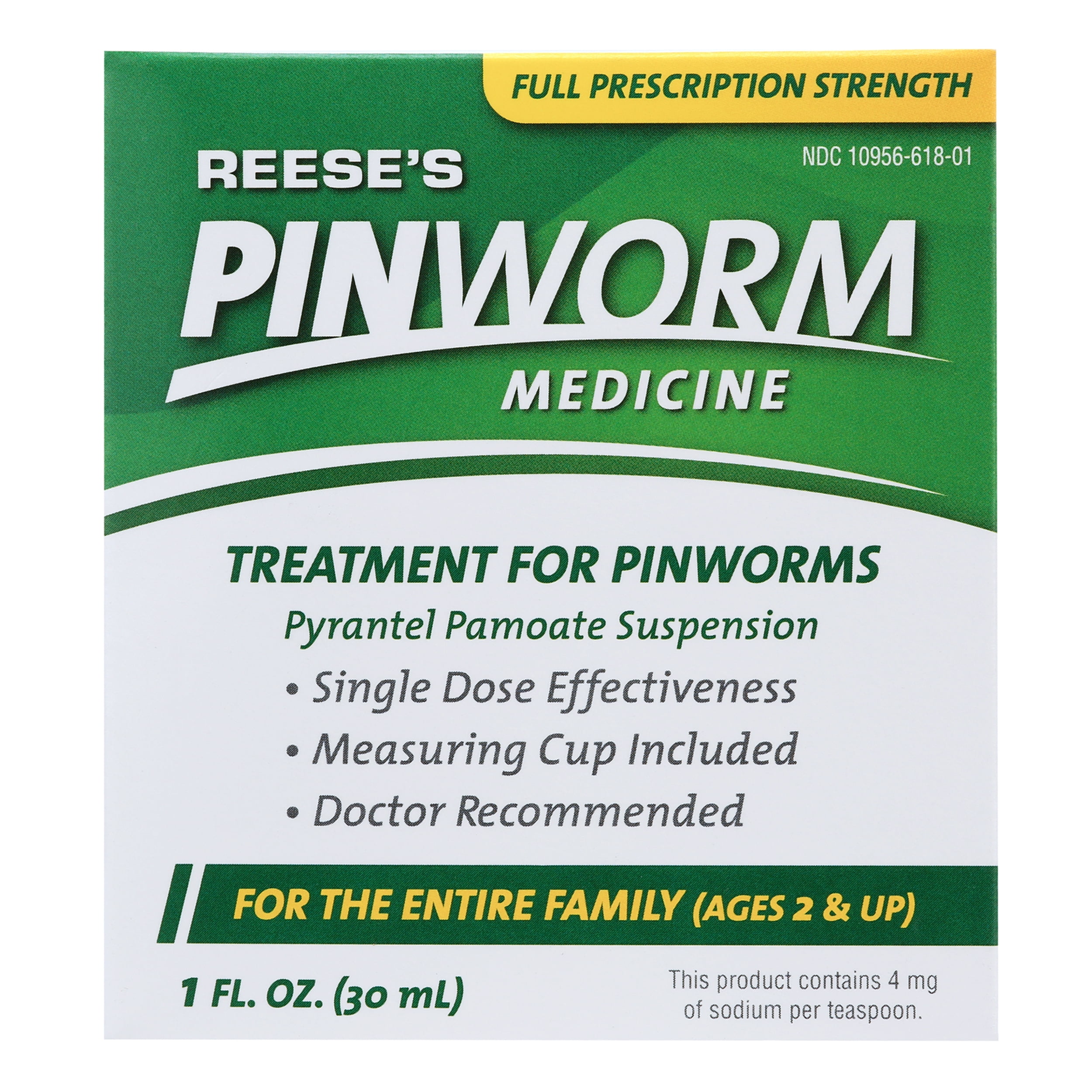 Approximately 400 million people suffer from this disease. Most often, children become infected due to insufficient personal hygiene, as well as people working in children’s groups (boarding schools, schools, preschool institutions).
Approximately 400 million people suffer from this disease. Most often, children become infected due to insufficient personal hygiene, as well as people working in children’s groups (boarding schools, schools, preschool institutions).
The pinworm is highly contagious. The eggs of the parasite Enterobius vermicularis are transmitted from person to person. They survive outside the host organism up to 2-3 weeks. There are two mechanisms of infection with enterobiasis – fecal-oral and aerosol (by air). In the first case, we are talking about the contact-household, water and alimentary (food) form of infection. The transmission factor is dirty hands, which contain pinworm eggs. Infection through the water of pools, rivers and lakes is unlikely.
The development of pinworms in the human body is a cycle:
- As soon as the eggs penetrate, they reach the small intestine where the larvae form.
- They pass into the large intestine, where they parasitize at the stage of maturation.

- After 1-2 months, adult females lay eggs in the rectal area.
Because of the unbearable itching, children comb the anal area. In this case, the eggs of the parasite fall under the overgrown edge of the nail plate. In the absence of proper hygiene, they penetrate the oral cavity and the life cycle of the nematode resumes.
Worms of the nematode class have a rounded pointed body. The length of the female reaches 1.3 cm, the male – 0.5 cm. Males die after fertilization. The life expectancy of a female is 1 month, during which they produce offspring (lay eggs). After fertilization, the size of the body increases, the possibility of fixation is lost. Reaching the rectum, they crawl out, laying eggs in the perinatal folds.
The uterus of a female can contain up to 17,000 eggs. The larvae develop under certain conditions: at a temperature of 22-39degrees and exposure to oxygen. It takes 5 hours for the larva to reach the invasive stage. Pinworm eggs have high levels of protection – they survive and remain invasive for up to 1 month, and sometimes longer. They are not sensitive to many disinfectants, but quickly die under the influence of a soapy solution, when boiled and ironed.
They are not sensitive to many disinfectants, but quickly die under the influence of a soapy solution, when boiled and ironed.
Nematode eggs can survive on food and drinks, dishes, countertops, doorknobs, bedding, clothes, etc. It is impossible to get pinworms from pets, because they do not participate in the life cycle of the parasite. Enterobius vermicularis parasites are tiny but can be seen with the naked eye.
Pinworms cause severe itching in the perinatal folds around the anus. In women and girls, hookworms can also cause vaginal itching and a characteristic discharge.
The condition worsens at night, which is associated with the activity of the parasite at night. This leads to insomnia, irritability and nervousness. Adults and children with enterobiasis can spend a lot of time in the shower, because water helps to cope with the symptoms of the disease, improving the condition.
The most common symptoms of pinworms in children are:
- rash and itching around the anus;
- irritable bowel and increased gas;
- accelerated (3-4 times a day) decorated chair;
- excessive irritability, moodiness, tearfulness;
- headaches, memory impairment.

Nighttime urinary incontinence is another possible symptom of enterobiasis in children, which is prevalent predominantly in preschoolers. This is because pinworms irritate the urethra, the thin tube through which urine leaves the bladder and exits the body.
Children and adults who develop enterobiasis scratch the itchy area. This leads to swelling, redness and bleeding. Bacteria can enter the wound, leading to a rectal abscess.
By exerting a mechanical effect on the walls of the intestinal mucosa, nematodes provoke dysmotility and secretion, causing inflammation of the digestive organs. Against this background, enteritis may develop.
Pinworms sometimes cause digestive symptoms
- abdominal pain;
- nausea;
- loss of appetite.
This condition is accompanied by weight loss and characteristic weakness. As parasites, pinworms suck out essential nutrients from the body, leading to the development of deficient conditions. Sometimes pinworms spread to the female reproductive tract, leading to complications (urinary tract infections, vaginitis).
Sometimes pinworms spread to the female reproductive tract, leading to complications (urinary tract infections, vaginitis).
Against the background of enterobiasis, a decrease in the protective functions of the body is observed. For this reason, the child is more likely to suffer from acute respiratory diseases. Exacerbation of chronic diseases is observed. A slight increase in body temperature is not excluded.
Enterobiasis is usually diagnosed based on symptoms. However, there are other causes of pruritus ani, including skin irritation, diarrhea, and infections other than parasitic infestation. The diagnosis can be confirmed by identifying eggs or worms in specimens examined under a microscope. Sometimes parents themselves manage to detect pinworms on the folds of the skin near the anus or in the feces.
To confirm the diagnosis, clinical symptoms and the general condition of the patient are taken into account.
Screening is carried out in two ways: from the perianal folds (imprint with adhesive tape), scraping for enterobiasis in children (using a cotton swab).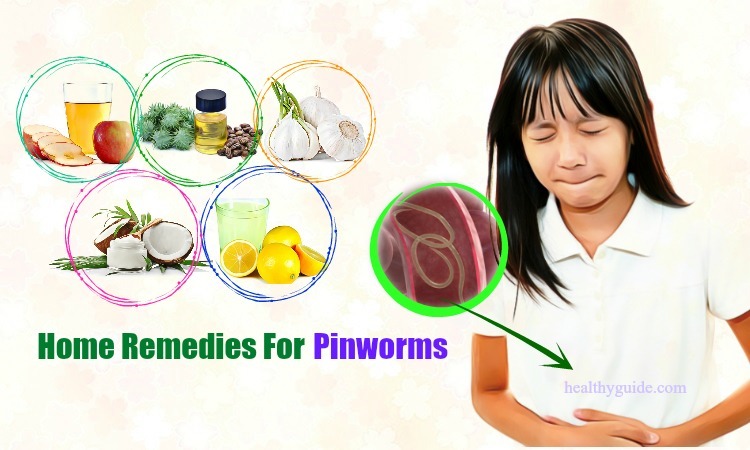 To obtain reliable information, the study is repeated 2-3 times at a certain interval. When conducting a coprogram, nematode eggs can be detected in rare cases.
To obtain reliable information, the study is repeated 2-3 times at a certain interval. When conducting a coprogram, nematode eggs can be detected in rare cases.
Before treating pinworms in children, the diagnosis should be confirmed. Enterobiasis can be cured without medication, by carefully carrying out hygiene procedures to prevent re-infection. This method is applicable to children who have contraindications to anthelmintics. Recovery occurs over a longer period than with drug treatment.
Key recommendations for non-pharmacological treatment:
- The child should wash their hands thoroughly with soap and water after going to the toilet and walking.
- Care must be taken to ensure that the child does not lick his hands.
- Nails must be cut short.
- Bed linen should be changed daily, boiled and ironed.
- Wash your child with soap in the morning and evening.
The use of tablets for the treatment of enterobiasis in children is a more reliable way that ensures a quick recovery. Anthelmintic drugs cause the death of the parasite.
Anthelmintic drugs cause the death of the parasite.
14 days after deworming, you need to re-diagnose. If the test result for enterobiasis in children is negative, then the child is considered recovered. If the clinical picture of helminthic invasion persists, then the drugs are repeated in the same dosage.
Doctor’s expert opinion
Treatment of pinworms in children is carried out under the supervision of a pediatrician. An incorrectly selected drug can lead to the introduction of pinworms into the mucous and submucosal layers of the intestine. Pinworms can cause the development of a purulent inflammatory process. This leads to indigestion, impaired motility of the gastrointestinal tract.
Ignatieva Olga Nikolaevna Pediatrician, candidate of medical sciences
Preventive measures are aimed at instilling standard hygiene habits in children.
Clinical recommendations for enterobiasis in children:
- be sure to cut your nails as they grow back;
- wash hands before sitting down to eat, after going to the toilet and after returning home from the street.

Children who attend educational institutions are examined for enterobiasis for prevention purposes. This approach allows to exclude mass infection.
Enterobiosis is a common helminthiasis that contributes to the development of a number of somatic diseases. Pinworms lead to an exacerbation of chronic diseases, and this fact has been scientifically proven.
Medicines and personal hygiene are the main therapeutic measures for enterobiasis. If contact with the source of infection is maintained, re-infection is not ruled out.
If you have symptoms of helminthic invasion, contact the RebenOK clinic. An experienced pediatrician will diagnose and tell you how to treat enterobiasis in children by prescribing effective drugs for pinworms.
Sources:
- Arakelyan R.S., Sergeeva N.A., Konnova O.V. Clinical and epidemiological aspects of enterobiasis in schoolchildren // Children’s infections. 2018. URL: https://cyberleninka.
 ru/article/n/kliniko-epidemiologicheskie-aspekty-techeniya-enterobioza-u-detey-shkolnogo-vozrasta (Accessed: 06/10/2022).
ru/article/n/kliniko-epidemiologicheskie-aspekty-techeniya-enterobioza-u-detey-shkolnogo-vozrasta (Accessed: 06/10/2022). - Rustamova G., Mukhammadieva L. Enterobiosis in children: modern diagnostic problems // International scientific review. 2020. URL: https://cyberleninka.ru/article/n/enterobioz-u-detey-sovremennye-problemy-diagnostiki (date of access: 06/10/2022)
- Letyushev A.N., Stepanova T.F. The activity of the epidemiological process of enterobiasis in the Russian Federation // Population health and habitat. 2020. URL: https://cyberleninka.ru/article/n/aktivnost-epidemicheskogo-protsessa-enterobioza-v-rossiyskoy-federatsii (Date of access: 06/10/2022).
- Dusmagambetov M.U., Dusmagambetova A.M. Detectability of helminthic invasions at the outpatient level // Eurasian Union of Scientists. 2019. URL: https://cyberleninka.ru/article/n/vyyavlyaemost-glistnyh-invaziy-na-ambulatornom-urovne (Date of access: 06/10/2022).
- Yasyrova D.S., Vozgorkova E.



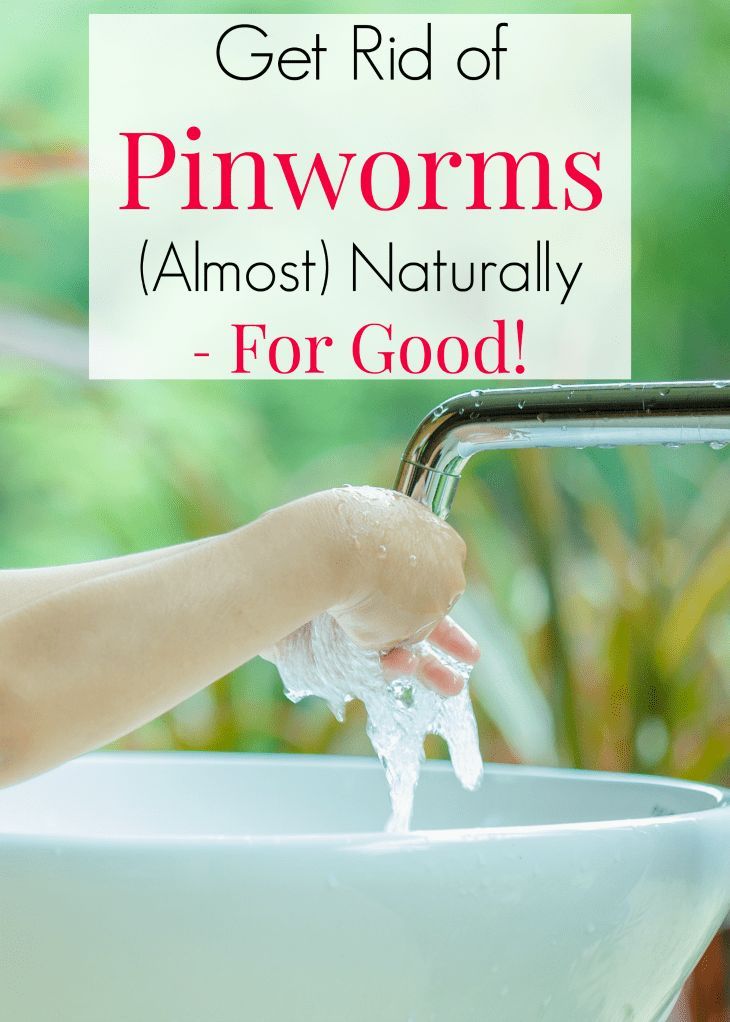
 If your child is infected and has been scratching, they may have picked up some pinworm eggs under their nails.
If your child is infected and has been scratching, they may have picked up some pinworm eggs under their nails.


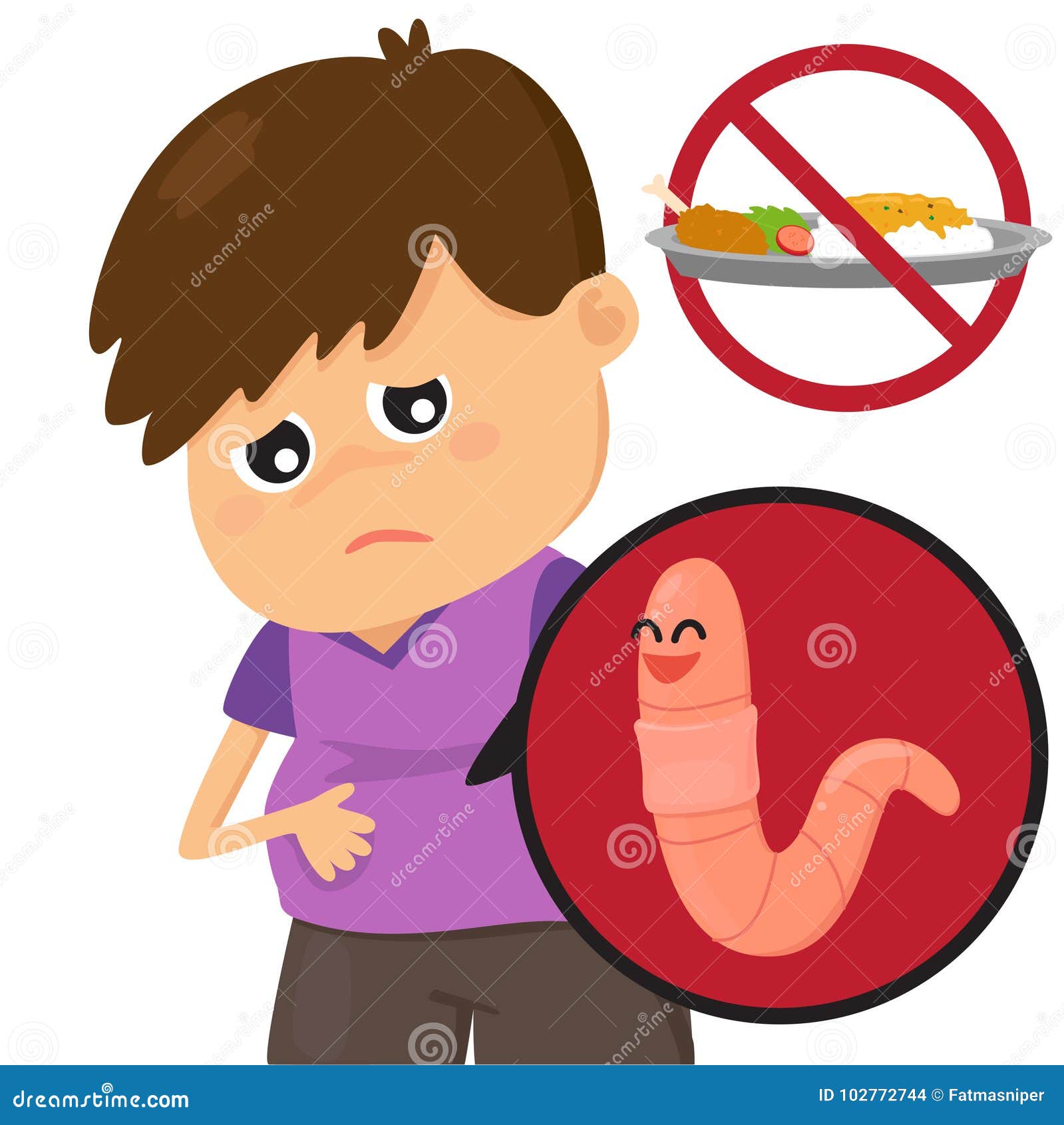 ru/article/n/kliniko-epidemiologicheskie-aspekty-techeniya-enterobioza-u-detey-shkolnogo-vozrasta (Accessed: 06/10/2022).
ru/article/n/kliniko-epidemiologicheskie-aspekty-techeniya-enterobioza-u-detey-shkolnogo-vozrasta (Accessed: 06/10/2022).